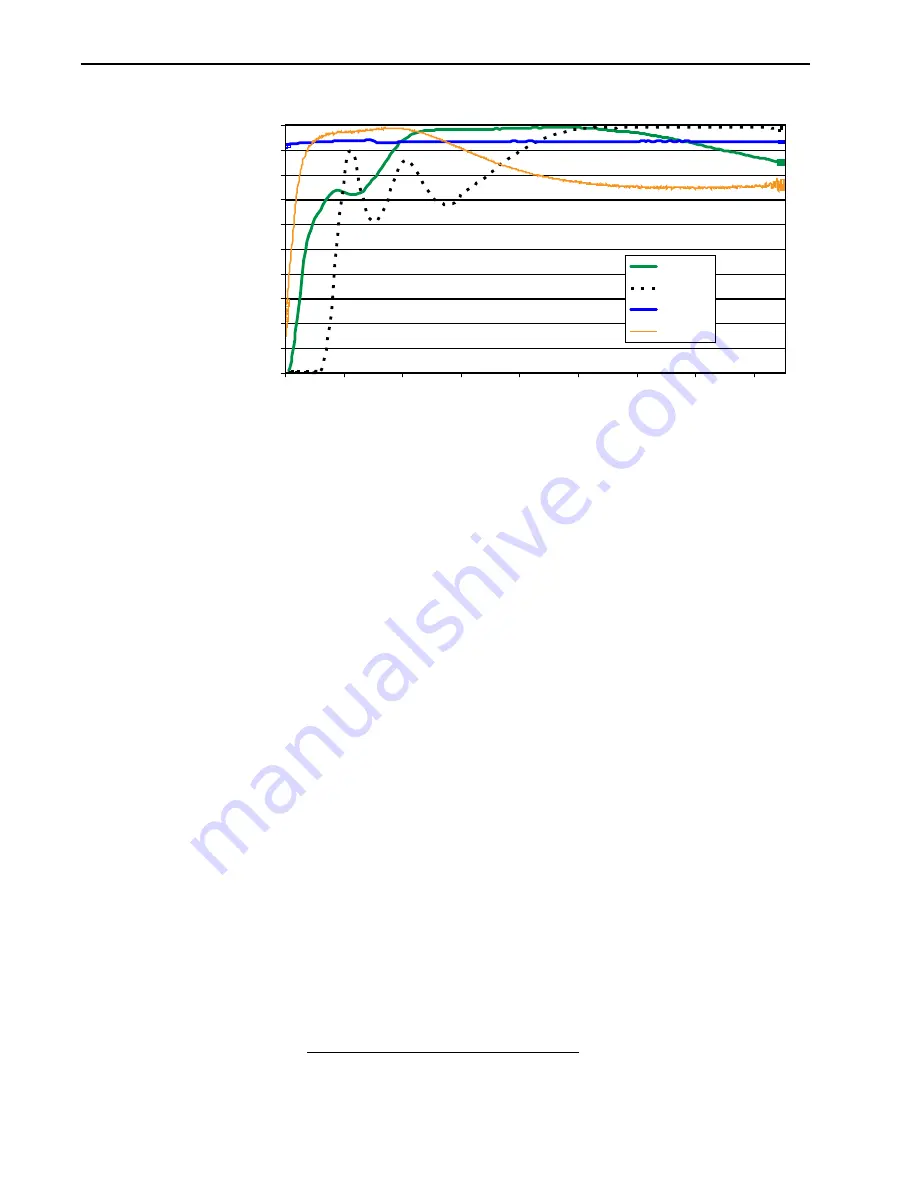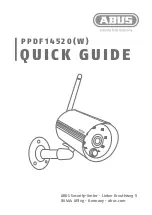
116
ProEM System Manual
Issue 3
Figure 7-1:
Vacuum Window Transmission Data
7.3
Reduce Spectral Readout Time by Using the Custom
Chip/Timing {Custom Sensor} Feature
This feature allows you to redefine the size of the EMCCD's active area via software.
Unlike setting a smaller Region Of Interest (ROI), which also involves reading out fewer
pixels, Custom Chip {Custom Sensor} mode does not incur overhead from discarding or
skipping the rest of the rows. And, unlike both Binning and ROI, Custom Chip also relies
on array masking to ensure that no light falls outside the currently set active area.
To take full advantage of the outstanding speed offered by Teledyne Princeton
Instruments ProEM:1600 cameras for spectral data acquisition, users need to utilize the
Custom Chip {Custom Sensor} and Custom Timing modes via Teledyne Princeton
Instruments WinX or LightField software. These custom modes yield much faster
spectral rates than those achievable using a region of interest (ROI).
Teledyne Princeton Instruments PVCAM
®
/PICam and National Instruments LabVIEW™
users can utilize Custom Chip and Custom Timing modes, as explained in their
respective manuals.
7.3.1
Approximation of Spectral Readout Time
Calculating the precise spectral rate is quite complicated. Assuming that Full Vertical
Binning (FVB) is active, vertical shift time is 2
s and the Analog to Digital Conversion
settings are Multiplication Gain {Electron Multiplied} and Rate {Speed} = 4 MHz, then for
a ProEM:1600
(2)
, you can get the approximate rate by adding up the following
approximate contributions to the readout time:
0
10
20
30
40
50
60
70
80
90
100
200
300
400
500
600
700
800
900
1000
Wavelength (nm)
%
T
ran
sm
is
si
o
n
VIS-AR
NIR-AR
NO AR
UV-AR
44
11
-0
12
6_
0
0
71
0.4 ms for shifts
0.4 ms for EM register clean
0.4 ms for reads
0.4 ms x 2 for pre- and post-dummy skips
A little bit of overhead
Total: 2.07 ms
Summary of Contents for ProEM Series
Page 1: ...www princetoninstruments com ProEM System Manual 4411 0126 Issue 3 September 26 2019 ...
Page 10: ...10 ProEM System Manual Issue 3 This page is intentionally blank ...
Page 16: ...16 ProEM System Manual Issue 3 This page is intentionally blank ...
Page 30: ...30 ProEM System Manual Issue 3 This page is intentionally blank ...
Page 50: ...50 ProEM System Manual Issue 3 This page is intentionally blank ...
Page 88: ...88 ProEM System Manual Issue 3 This page is intentionally blank ...
Page 114: ...114 ProEM System Manual Issue 3 This page is intentionally blank ...
Page 122: ...122 ProEM System Manual Issue 3 Figure 7 8 LightField Settings 4411 0126_0078 ...
Page 136: ...136 ProEM System Manual Issue 3 This page is intentionally blank ...
Page 146: ...146 ProEM System Manual Issue 3 This page is intentionally blank ...
Page 152: ...152 ProEM System Manual Issue 3 This page is intentionally blank ...
Page 161: ...This page is intentionally blank ...
















































